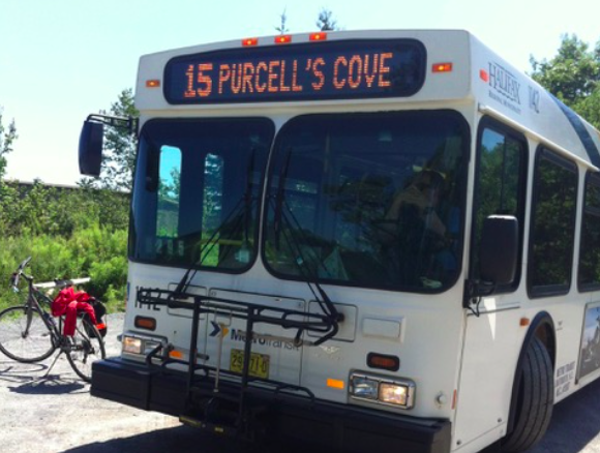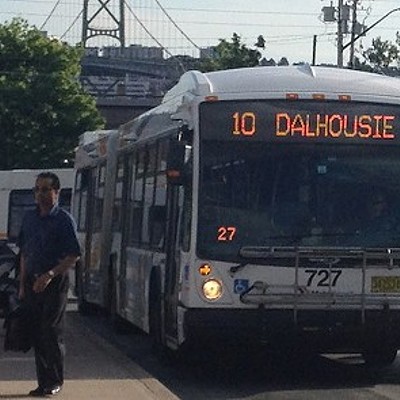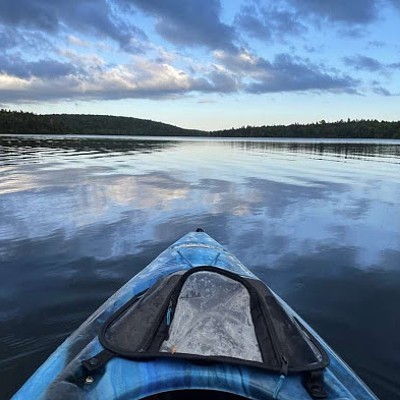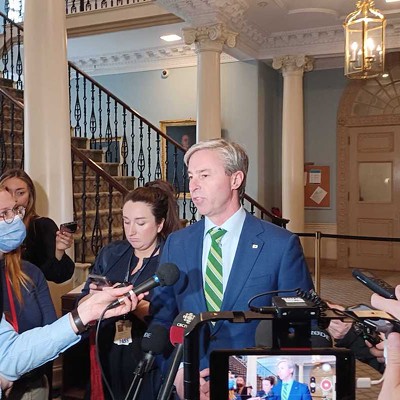
SUBMITTED
Nathan Brett has been in Purcell’s Cove since 1987. He is a retired Professor from the Philosophy Department at Dalhousie University.
The Purcell’s Cove area (from Williams Lake to Ferguson’s Cove) is a place of striking beauty. A significant part of the Backlands to the west of the area will become Halifax’s new Urban Wilderness Park. The serenity the Cove’s appearance contrasts sharply with the tension in its relationship with the central city since its annexation in the late ‘60s. Residents of the area are often in with its political masters at City Hall. I will list some examples before turning to the most recent one.
There have been two attempts to dump the sewage of the whole city in the midst of the Cove area. The first, around 1970, immediately after annexation, involved filling in much of the Cove itself to provide space for the city’s sewage tanks and processing. The second, early in the 1990s would have located a 60-hectare lagoon in the Backlands that tower 180 feet above the Cove. A small refinery was to process sewage sludge, distilling it to make oil (one barrel a day!). Residence scoffed at it as the “
petro poop” proposal, but they were worried that the city might try this experiment and again fought successfully against it. In 2011/12, the city floated a plan to bring in both sewage and water lines, at great expense to Cove area residents, all of whom had on-site services. This was
in fact a nod to developers who wanted to put in subdivisions—including 1,200 houses in the striking beautiful Williams Lake area. Residents united to protect this area, which had remained almost completely untouched as Halifax developed around it. The Backlands Coalition brought together 10 environmental groups dedicated to the protection of the area’s unique beauty and ecology. And progress was made. Recently, the very company that had planned hundreds of houses surrounding William lake has itself taken on the role of protector. The Shaw Group has entered into an agreement with the city and the Nature Conservancy of Canada to create an urban wilderness park of more nearly 400 acres in the very area of the planned housing development.
The latest fight with the city began with the February 2015 publication of the first draft of Moving Forward Together, Halifax Transit’s plan to revamp public transportation. That plan recommended the complete elimination of service to the Cove area: the tail end of the #15 route, from Williams’s Lake Rd. to York
Redoubt would be gone. Cutting bus service to the Cove, which has operated continuously since 1938, caught the area by surprise. Area residents held public meetings, vowed to increase ridership on the route, and circulated a petition denouncing the cut. Our
councillor (Adams), MLA (Maguire), and MP (Fillmore) attended meetings and spoke against the recommended cut. Ridership was indeed increased (by 25
percent in a year when overall transit ridership decreased by seven
percent). The petition opposing the recommended cut was signed by more the than 300 area residents.
In the March 2016, final report Transit changed
it recommendation. Instead of eliminating the bus to the Cove area, they recommended service at “peak periods only” with none on weekends or holidays. That is the recommendation that will come before
Regional Council on November 27.
Is this a good compromise? Residents were stunned. The service would be so downgraded that for most it could not meet their needs. The bus would run only at times of day when traffic jams at the Armdale Rotary often mean missed connections. Some residents wondered whether this would be worse than no
service, since it allowed Transit to continue to collect their full Local Transit levy (roughly $200,000). And, for those who want to use the bus to get out to the area for sight-seeing and
recreation it would be equally (or more) disappointing. Rush-hour service (no weekends) would almost never accommodate them.
Ironies abound in this situation. Here are a few: It would be reasonable to suppose that the recommended cut is demanded by its cost of the route. In fact, residents along this section pay a Local Transit levy that covers its cost. If the 70
percent cut is made, residents of this small community will end up subsidizing other routes of the Halifax system as a whole. This reverses a standard model of public services (think of roads, phone, internet) where the rules require the larger group to subsidize the extension of service to those who could not otherwise afford it.
The sole reason given for the proposed cuts is that this part of the route does not meet Transit’s new (one-size fits all) ridership targets. But the community has worked to increase the
ridership, and has actually succeeded in doing so. The greatest increases in ridership last summer are at mid-day. (The target was actually met in July according to Transit’s own figures). But mid-day service is slated for elimination.
The proposed cuts, if they follow Transit’s past practice, would take effect in August of 2019. This is just when the new Urban Wilderness Park is slated to open. In its recent funding
campaign the Nature Conservancy of Canada advertises the new park as a destination easily reached by bus. But the planned main entrance would only be accessible when few or none would use it.
How should we think about the last eight minutes of an hourly bus route that takes people into one of the most beautiful parts of Nova Scotia? Should we demand that the number of passengers getting on and off meet standards designed for mid-city streets? Will we have to tell visitors to the city that there is no public transportation to the trails and lakes that the city now claims as a major tourist asset? Should we tell elderly residents and students that to promote efficiency, they must now walk or take taxis they cannot afford? If this is what Halifax now counts as progress, as ‘moving forward together,’ it is no longer the city that I can be proud to call home.
———
Voice of the City is a platform for any and all Halifax individuals to share their diverse opinions and writings. The Coast does not necessarily endorse the views of those published. Our editors reserve the right to alter submissions for clarity, length, content and style. Want to appear in this section? Submissions can be sent to [email protected].
















